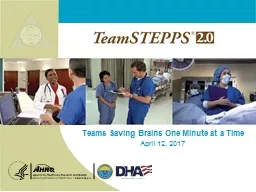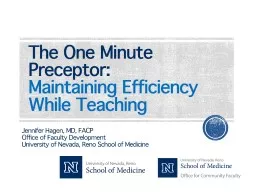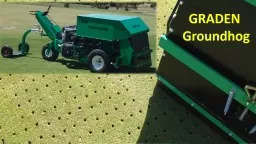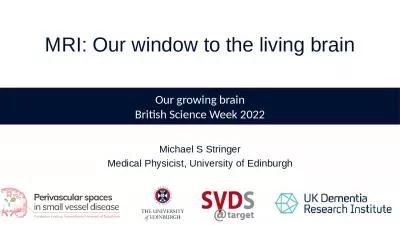PPT-Teams Saving Brains One Minute at a Time
Author : aaron | Published Date : 2018-12-18
April 12 2017 Rules of Engagement Audio for the webinar can be accessed in two ways Through the phone Please mute your computer speakers Through your computer
Presentation Embed Code
Download Presentation
Download Presentation The PPT/PDF document "Teams Saving Brains One Minute at a Time" is the property of its rightful owner. Permission is granted to download and print the materials on this website for personal, non-commercial use only, and to display it on your personal computer provided you do not modify the materials and that you retain all copyright notices contained in the materials. By downloading content from our website, you accept the terms of this agreement.
Teams Saving Brains One Minute at a Time: Transcript
Download Rules Of Document
"Teams Saving Brains One Minute at a Time"The content belongs to its owner. You may download and print it for personal use, without modification, and keep all copyright notices. By downloading, you agree to these terms.
Related Documents














